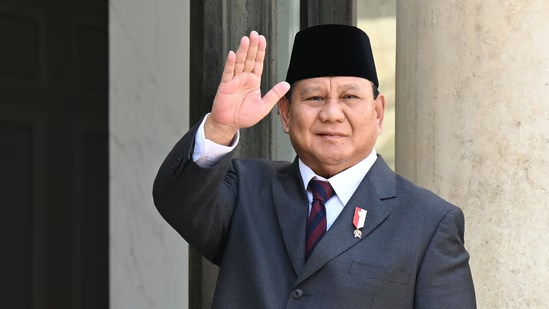Allocating satellite spectrum: Jio vs Starlink spat and why most countries avoid auctions

The main point they are making is that administrative distribution might not achieve fair competition between satellite and terrestrial services.
The rejection by India of Reliance Jio’s plan to conduct an auction for satellite communication frequencies, opting for administrative allocation instead, is being perceived as a significant victory for some key competitors of the company, notably the billionaire Elon Musk’s Starlink.
Although the conflict is often portrayed as a clash between billionaires, the truth is that auctioning satellite spectrum on a national level is impractical due to its inherent characteristics. Unlike terrestrial spectrum, which serves mobile communication purposes within specific national boundaries, satellite spectrum operates internationally without such constraints. As a result, its coordination and regulation fall under the jurisdiction of the International Telecommunications Union (ITU), a United Nations agency.
The inclusion of satellite communication spectrum in the roster of administratively allocated frequencies is a notable addition brought about by the Telecommunications Act of 2023. Subsequently, the Department of Telecommunication (DoT) tasked the Telecom Regulatory Authority of India (TRAI) with devising a methodology for the allocation of this spectrum.
Jio wrote to the regulator advocating for the auction of satellite spectrum, citing concerns that administrative allocation might not ensure fair competition between satellite and terrestrial services. In response, Musk pointed out that such an action would be unprecedented, as the spectrum has long been designated by the ITU as shared spectrum for satellite use.
Telecom Minister Jyotiraditya Scindia has announced that India will adhere to international standards in allocating satellite spectrum. This move prompts an exploration of the service’s nature and a review of how various countries have attempted unsuccessful auctions of these frequencies.
Exploring satellite communication: How does it serve end-users and what advantages does it bring?
Satellite communication services operate by utilizing a network of satellites positioned in orbit to provide connectivity to residences and commercial establishments on the earth’s surface. In contrast to terrestrial networks like cable, fiber, or DSL, which depend on physical connections, satellite services do not rely on wires for data transmission.
Satellite-based communication and broadband services provide end-users with advantages in two main areas: broader coverage and a more robust network. Despite potential latency issues compared to terrestrial broadband networks, satcom services excel in reaching extensive regions with minimal physical infrastructure requirements.
Satellites positioned in orbit play a crucial role in enabling communication networks to extend their reach to even the most remote locations beyond the coverage of mobile telephony. Consequently, as satellite communication services become increasingly prevalent, various regions such as low-lying areas, rural areas, and regions prone to frequent emergencies stand to gain from uninterrupted connectivity.
It is widely believed that satellite internet is more robust than ground-based communication services due to its simpler infrastructure. This makes satellite communication equipment less susceptible to damage in severe weather conditions and emergencies.
According to a recent study conducted by KPMG in India, the satellite communication sector in the country, presently valued at $2.3 billion annually, is projected to surge to $20 billion by 2028. Globally, India currently holds the fourth position in terms of investments made in this industry. Morgan Stanley highlights a substantial market potential for satellite operators in India, with 290.4 million households lacking broadband access, presenting a lucrative opportunity for expansion.
Countries worldwide have varying methods for allocating satellite spectrum to operators.
Understanding the fundamental disparity between spectrum allocation for terrestrial networks and satellite communication is crucial. This differentiation prompts the need to distinguish between allocation and auctioning processes. In terrestrial mobile services, spectrum ownership is exclusive, managed by a sole operator within a specific geographic region, precluding sharing among operators. Conversely, in satellite communication, the spectrum is non-exclusive, enabling multiple satellite operators to utilize it in serving a common geographic area.
Hence, the prevailing tendency leans towards the administrative allocation of the spectrum.
A number of nations, including the United States of America, Brazil, and Saudi Arabia, have previously organized auctions for frequency spectrum. The US and Brazil held an auction for satellite spectrum together with orbital slots. Nonetheless, both countries have now switched back to administrative assignments due to the impracticality of the auction process.













